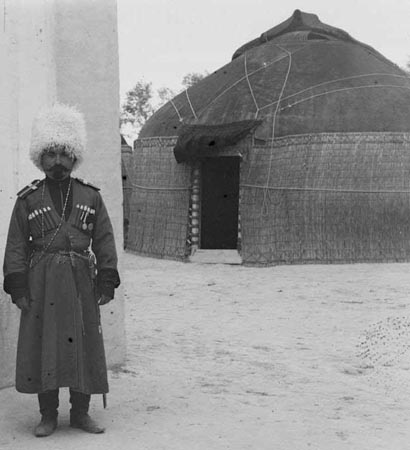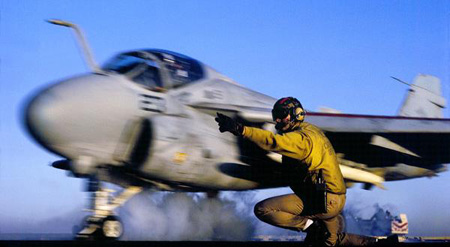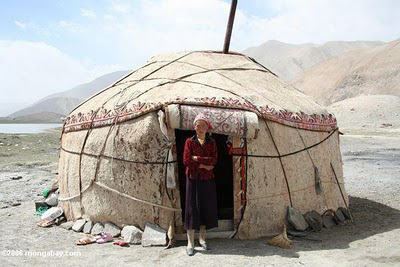Not a good start to the day. Skies are gray and smell of moisture. The first enotes in the morning queue are about family and money- the inbound ones were written at the end of someone’s day, and my querulous responses are drafted at the beginning of mine, and not caffeinated enough.
I should know enough to put it all aside, but this is pretty emotional.
You may be familiar with how this works- or doesn’t- between strong-willed people if you have been down the rapids. I am not, though I am learning, and am very uncomfortable with the whole thing.
It is not the end of the road for Raven and big Mama, but I can see it, or at least the end of the road they are on at the moment. I am reminded of that old saw about “Gentlemen, we have run out of money and must now begin to think.”
Crap.
Consequently, I have been thinking, and applying the lessons of this chapter of my parent’s lives to the one that I am living and what I may have do in the stretch of road that is ahead. That is why I was thinking about yurts- that marvelous circular Mongol tent that is covered with sheep-felt, and impervious to the elements and suitable for rapid movement.
It is a step up from living under a bridge abutment, and as a former intelligence officer, I believe in having “Plan B” just in case it is necessary. “Ecological and practical,” is what they say, and I am all over that. Of course, I have never actually lived in a yurt, and do not know where I would hook up the ice-maker or plumb the Jacuzzi, so some of the details remain a little sketchy.
I have a pal in Utah, though, who has. She wrote this morning to share her recollections of what it was like, in a land far away and now lost in time:
“Vic, your commentary on yurts today took me down memory lane…
Kabul was a wonderful city! My visit there in 1972 was the only visit I made to Kabul, although my parents vacationed there often, loving the sophistication of the city, the excellent wine produced there from very old vines, the wonderful bazaars, and the beauty of the surrounding mountains.
On this trip to Kabul, we stayed in a hotel (cannot remember the name) that gave us the option of staying in lovely guest rooms or staying in one of their few yurts. If we wanted to stay in the yurt, we had to reserve in advance. So, stay in a yurt we did!
I wish I could say I remember in detail the experience. But the memories have faded with a life-full of extraordinary and memorable experiences. I do recall it was fun, comfortable and a great experience.
And I well remember how much I liked Kabul. How it was fun to see the women so stylishly dressed with their short skirts and high heels peeking through the black coverings they wore….but no burkas, no head covers….just a black, flowing robe-like garb that floated open to show their up-to-the-minute dress styles. And the women were professionals….doctors, lawyers, professors….and they walked alone throughout the city. It was modern – and well on its way to moving out of past centuries into the modern world. But that was then……It all seems so very much longer ago than 40 years.
Thanks for the mental poke about yurts….I always think of that too-short stay in Kabul, when I slept several nights in a yurt, whenever I hear that word…”
I scratched my head. I had intended to take you on a survey of American yurts, manufactured with modern materials and the level of comfort that is possible to achieve in the nomadic lifestyle that may be thrust upon us in the transition from the American Century to whatever is coming next.
I was even going to be clever and recommend that the Occupy throngs investigate yurts in their effort to camp out on public land. I can see them all over Central Park, which is where the Wall Street throng claims to be going, now that they have been forcibly evicted from Zuccotti Park. Yurt living would make this a relatively comfy winter for expressing First Amendment Rights on land that does not belong to them.
But I had to think about the first time I saw yurts, and began to write back:
“Absolutely lyrical!
You took me down a mental road, too. My Kabul recollections begin with Kipling’s “Stalkey & Company,” in middle school- an account of training for the Great Game in an English Public School. Then there was reality from the travel of a buddy on an around-the-world hippy hiking trip- around 1974 or so. Porky came back wearing tribal garb and regaled us with tales of the fabulous hashish and living in yurts and the time a Pashtun tribesman rode up to him on horseback and appropriated his watch.
A few years later, I found myself afloat on the mighty ship Midway as we approached Christmas of 1979. We were not completely sure why we are there- certainly the Fall of the Shah had a lot of the local Sunnis nervous- but the Embassy had not been seized in Tehran just yet, and we had no idea that we would be back so soon after this seemingly endless deployment.
Frank was a nerdy guy who was assigned to A-6 Intruder squadron (“World Famous VA-115!”) as the Radar Scope Prediction officer. He maintained the files of prospective targets that provided precision radar guidance for dropping bombs. It gave us an all-weather capability, and made the Intruder a powerful weapon in the night.
Frank did not have much to do, once all the contingency missions had been planned, and was following what was happening up north as the new Afghanistan began to die.
On October 31, Soviet informants in the Afghan armed forces were ordered to perform preventive maintenance on their armored vehicles that Soviet premier Brezhnev had thoughtfully provided the previous summer.
Telecommunications links to areas outside of Kabul were severed, isolating the capital. With a deteriorating security situation, Frank looked at reports of satellite imagery (this was long before the actual timely images could be provided over the available bandwidth to the Fleet) of large numbers of airborne forces massing at bases in the Soviet Union.
They began to land in Kabul and Kandahar on Christmas Day as the frozen turkeys were thawed and cooking on the mess decks.
The smell of the mess decks on a aircraft carrier is a thing of wonder.
The Soviet 40th Army came across the border by land. We were amazed by what was happening right before our eyes as we circled in endless donuts in the pale blue waters of the North Arabian Sea.
On December 27, 1979, 700 Soviet troops dressed in Afghan uniforms, including SPETZNAZ and KGB formations, occupied the major military, media and government buildings in Kabul, including their primary target – the Taiberg Palace.
You remember what came after that; the Carter Discomfiture, the Olympic Boycott and the descent into anarchy and brutality that was sparked by our support to the Mujahadeen, and the ruthless and hyper-violent Russian attempt to suppress them.
It all made Charlie Wilson’s War so poignant when I saw it a couple years ago. The real war, the real victims, were the stylishly dressed women of the capital, and their sisters in the countryside and the children. That was when the new Afghanistan died, and the old one of a vengeful Allah swept back.
My pal Sid was assistant Naval Attaché in Delhi, the other capital of the Great Game, and about the time you were staying in a rental yurt there in Kabul, he took a VW Microbus filled with Navy Nurses up the Khyber Pass and through Jalalabad on the road to the capital- a joyful and exotic trip.
Now gone, so thoroughly gone, that the monuments in the rocks to the units of the long-gone Empire are all that is left.
Oh, and of course the yurts.
Although the Turkoman people of Afghanistan are now a sedentary people, they were originally nomads, herding their flocks of sheep and goats across the rolling steppes of Central Asia. They lived in yurts, circular domed tents seen from Mongolia to the Caspian Sea.
These yurts are easily dismantled and reassembled. They are lined and roofed with felt and skirted with thick red matting, the whole being bound with woven tent bands.
During winter, an open fire burns in the center of the yurt and the smoke from the manure-fed fires leaves though a chimney hole in the roof. The fuel leaves a pungent smell and soon blackens the felt walls and ceiling. The inside closure of the Yurt was a carpet of special design called a Purdah (curtain)- although there is a lot more about that, if you care for nuance.
Occupy Wall Street could take a page from the Turkomans. And maybe we all will. Photo Art Page.)
Copyright 2011 Vic Socotra
www.vicsocotra.com



